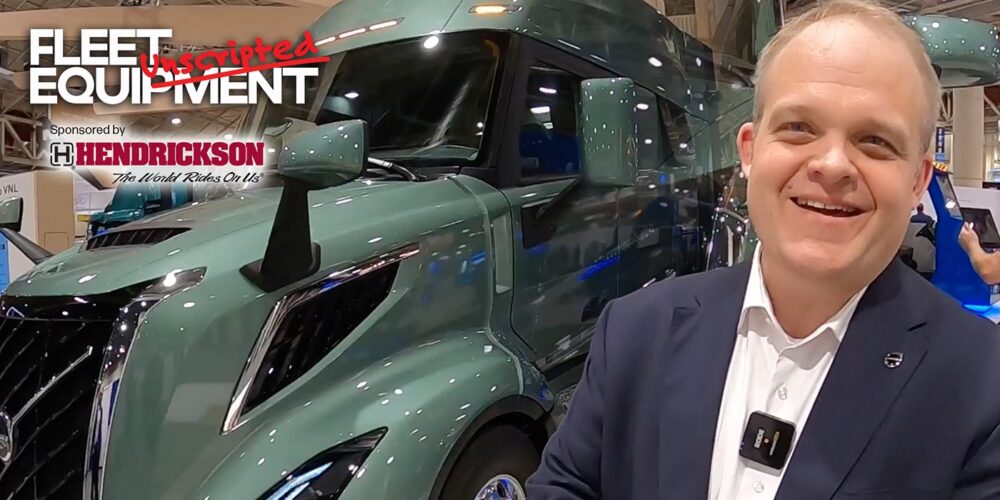Cutting corners and mixing lighting systems in a last-mile delivery truck is going to result in lower-quality and less reliable lighting. Not only is it more expensive to maintain a lower quality lighting system over the life of the vehicle because of increased maintenance expenses and downtime, but spec’ing the wrong lights can create additional expensive issues. Chief among these is an increased risk to the safety of the driver, the vehicle and the public.
Click here to watch more of FE’s On the Road video series.
Here is a transcript of the video:
This is why most lighting manufacturers will recommend LEDs in most parts of the vehicle for fleets searching for the highest-quality lighting solution.
It’s crucial to spec quality lighting for last-mile delivery vehicles anywhere the driver might need to take a step when dropping off a package. This includes the scene on and around the vehicle – like steps, ramps, liftgates – and the surrounding pavement and sidewalks.
Think of it this way: The more high-quality light illuminating the exterior of the vehicle as well as the area around the vicinity of the vehicle, the better. Adequate lighting will translate into higher productivity and a safer overall environment.
Of course, so far we’ve only talked about lighting to prevent trips and falls. But driver safety when driving the vehicle is obviously just as important, and spec’ing the right warning strobe lighting can be worth its weight in gold. Prevent one accident and a strobe light has paid for itself at least 10 times, and probably more.
Just keep in mind that, like most vehicle components, even something as simple as a strobe light is sold under different classifications, and choosing the wrong class can give the wrong impression to other motorists. Last-mile delivery vehicles should be using Class 2 lights.
SAE has six classifications for vehicle safety warning lights: Classes 1-3 are applied to both J595 and J845 lights. J595 lights are directional flashing lights, while J845 are omnidirectional, or 360 degree, warning lights. Class 1 lighting is used most often for emergency response vehicles; Class 2 is used most often for utility vehicles moving slowly or blocking traffic; and Class 3 are low-intensity lights, used indoors out of direct sunlight.
Fleets looking to improve driver safety should also spend a minute to consider the brightness ratio between tail and brake lights. Last-mile delivery vehicles make lots of stops in congested streets, and distracted driving from other drivers can lead to rear-end collisions. With a high ratio between tail and brake lights, it’s more likely other drivers will see the vehicle, day or night.













